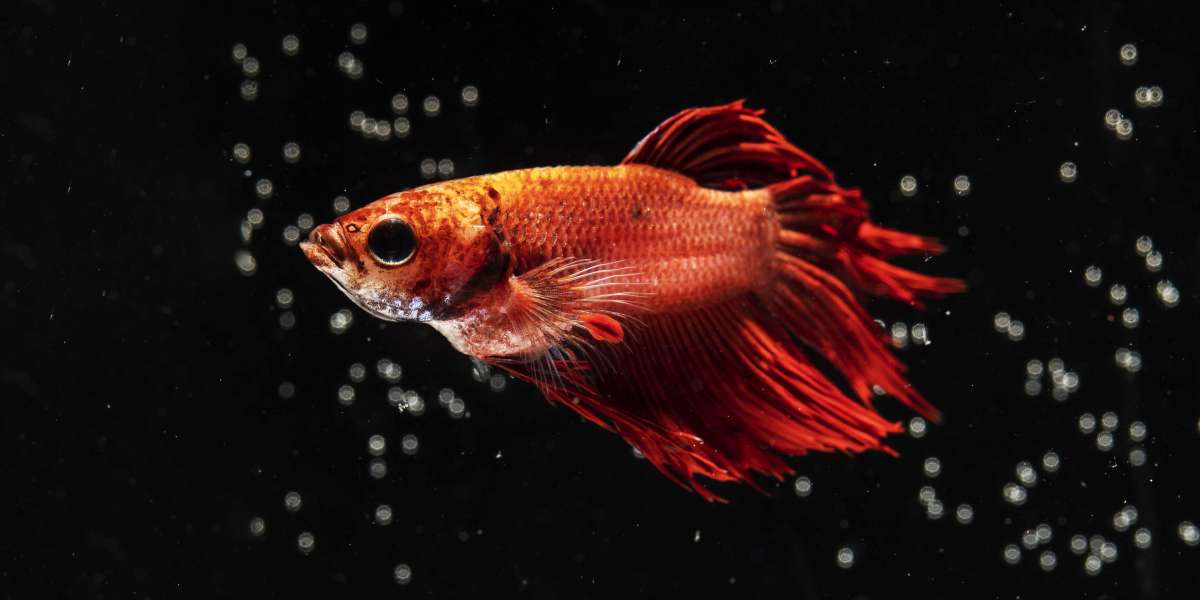The Growing Need for Aquatic Conservation
From freshwater rivers to ocean depths, aquatic life is vanishing faster than we can record. Climate change, pollution, overfishing, and habitat loss have pushed numerous species — like salmon, sturgeon, and eels — toward extinction. According to the IUCN Red List, over one-third of freshwater fish species are now threatened.
Monitoring these populations is no longer optional — it’s urgent. That’s where modern tracking tools like fish tags come in. These tiny devices are helping researchers, wildlife biologists, and conservation agencies gather critical data about endangered species without causing them harm.
What Are Fish Tags?
These are small, trackable devices used to monitor individual fish across their lifespan. They range from simple passive microchips to sophisticated satellite transmitters, depending on the study’s needs.
There are several types of these tags used in endangered species monitoring:
PIT Tags (Passive Integrated Transponders): These rice-sized tags store a unique ID and require a nearby reader to activate and detect them.
Acoustic Tags: Emit sound pulses that can be picked up by hydrophones placed in water.
Radio Tags: Used mostly in freshwater; they transmit signals picked up by antenna stations.
Satellite Tags: Used for large marine species; they can send location and environmental data via satellite.
Each type of tag has a specific use-case, depending on factors like fish size, migration range, and budget.
Why Fish Tags Are Ideal for Endangered Species
Tracking endangered species requires precision, minimal intrusion, and long-term monitoring capabilities — all of which these tags provide.
Here’s why they’re a perfect fit:
Non-invasive: Most of these tags are small and biocompatible, posing no risk to the fish’s health or behavior.
Long-lasting: PIT tags, for instance, can last the fish’s entire lifespan with no need for a battery.
Reliable data: Researchers can get continuous, accurate location and survival data without recapturing the fish.
Wide-scale deployment: Thousands of individuals can be tagged and monitored, offering population-level insights.
Real-World Applications: Fish Tags in Action
1. Columbia River Basin – Pacific Salmon Recovery
One of the most extensive uses of these tags is in the Pacific Northwest, where scientists monitor threatened salmon populations. Over 40 million juvenile salmon have been tagged with PIT tags. Stations installed throughout the Columbia River detect these tags, helping researchers:
Monitor survival rates at different life stages
Identify barriers like dams
Assess hatchery vs. wild fish performance
This data directly informs water management and conservation policies.
2. European Eel Tracking Across Continents
The European eel has suffered a dramatic population collapse, and tracking its migration — which spans from European rivers to the Sargasso Sea — is vital. Using acoustic fish tags, scientists have been able to study migration routes, assess survival bottlenecks, and push for river infrastructure reforms across countries.
3. Beluga Sturgeon in the Danube River
Conservation groups in Eastern Europe are using these tags to monitor the movement and breeding behavior of the endangered beluga sturgeon. This long-living species is highly sensitive to river disruption. By tagging juvenile fish and tracking their survival, agencies can gauge the success of hatchery programs and restore key spawning habitats.
Data That Changes Policy
Beyond tracking fish, these tags generate high-quality data that shapes conservation at every level. Governments, NGOs, and research institutes use this information to:
Set fishing quotas
Design protected areas
Monitor the effectiveness of conservation strategies
Implement fish-friendly infrastructure like bypass channels or fish ladders
For instance, NOAA uses data from tagged salmon to optimize dam operations during peak migration seasons. That’s real-time science with real-world impact.
Choosing the Right Tag for Your Project
Not every tag fits every situation. Here's a basic guide for selecting the right kind of fish tags:
| Factor | Recommended Tag Type |
|---|---|
| Small freshwater fish | PIT tags |
| Medium-range river migration | Acoustic tags |
| Deep-sea or long-range migration | Satellite tags |
| Budget-sensitive projects | PIT or radio tags |
Additionally, you should consider:
Water type (salt vs. freshwater)
Duration of study
Whether recapture is feasible
Data frequency requirements (real-time vs. periodic)
How Tagging Works in the Field
Capture: Fish are gently caught using safe methods like netting or electrofishing.
Tag Insertion: A small incision is made, and the tag is placed under the skin or in the body cavity.
Recovery: Fish are monitored post-tagging to ensure no stress or injury.
Release: Tagged fish are returned to their habitat.
Monitoring: Antennas, buoys, or satellite receivers collect tag data over weeks, months, or years.
Tagging operations are typically approved by ethical review boards and follow strict protocols to protect animal welfare.
Emerging Tech: AI, Cloud, and Smart Data
Modern conservation efforts now integrate tagging of fish with cutting-edge tech:
AI pattern recognition: To detect unusual migration or spawning behavior.
Cloud data platforms: Allow real-time data sharing across countries and research teams.
Blockchain: Some projects are exploring secure, transparent tagging records for endangered species.
This fusion of field science and digital tools makes endangered species tracking more scalable and efficient than ever.
The Long-Term Conservation Impact
The benefits of these tags go beyond short-term research. They help build long-term data archives on species behavior, habitat usage, and survival — crucial for climate resilience planning.
With consistent tagging over time, researchers can answer complex questions like:
Are fish adapting to warming waters?
Which river systems are failing?
Do artificial breeding programs actually work?
These answers shape funding, legislation, and global conservation strategies for years to come.
Final Thoughts
When it comes to protecting endangered fish, we need more than passion — we need precision. Fish tags offer that precision.
They let us see what’s hidden beneath the water’s surface. They show us where fish go, how they live, and what threatens them. Most importantly, they turn that insight into action — helping us protect these species before it’s too late.








